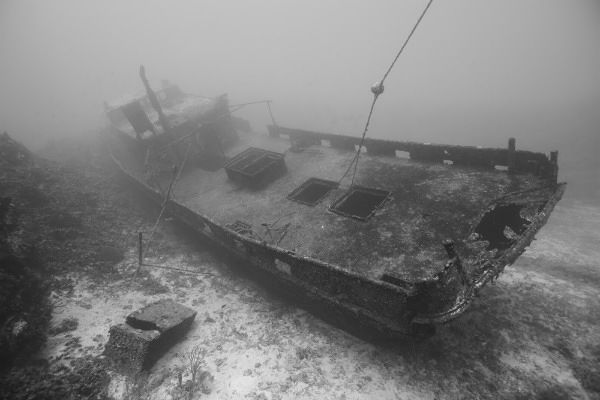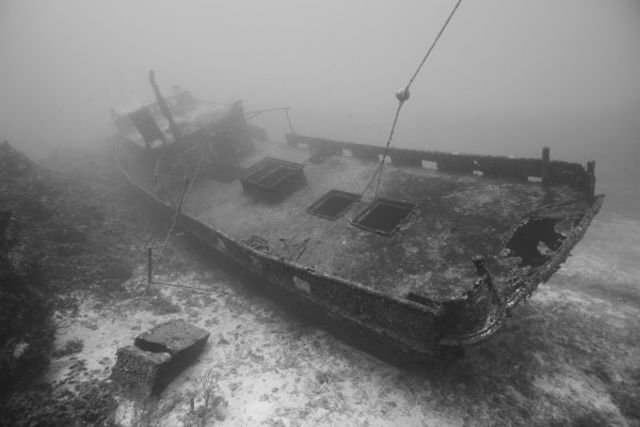
Few areas in the world are as mysterious as the deadly Bermuda Triangle. The area, which is also known as the Devil’s Triangle, is a section of Atlantic Ocean located between Miami, Bermuda, and Peurto Rico of around 1.5 million square miles. Since mid-way through the 20th century, the vast area has reportedly become the watery grave of countless planes and ships – many of which disappeared in mysterious and unusual circumstances. Is the Bermuda Triangle simply another urban legend, or is there really something sinister going on in the West Atlantic?
As with anything slightly enigmatic, many different non-scientific theories have been suggested to explain the Bermuda Triangle’s apparently insatiable appetite for ships and planes. Alien abductions have been cited, as have ghost ships and sea monsters. Some have even suggested the ancient denizens of the sunken city of Atlantis could also be responsible.
To examine these claims, let’s look at some of the most common mysteries.
The Bermuda Triangle’s Victims
Flight 19
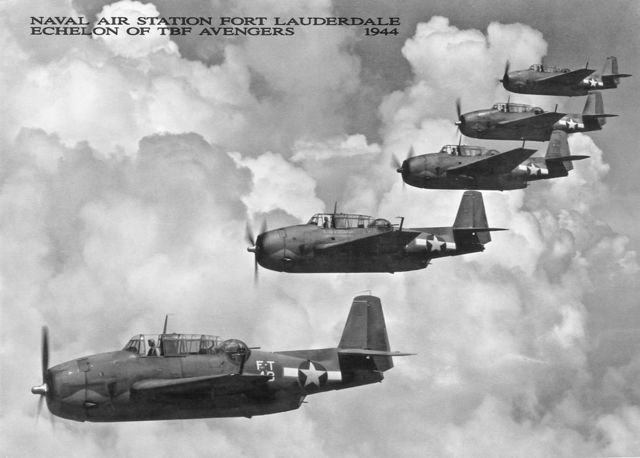
The case of Flight 19, which famously featured in Steven Spielberg’s Close Encounters of the Third Kind, is perhaps the most enduring Bermuda Triangle mystery.
On December 5th 1945, a training flight of five TBM Avenger torpedo bombers disappeared within the Triangle. The flight, which consisted of 5 aircrafts and 14 crew, was led by United States Navy Lieutenant Charles Carroll Taylor, who had over 2,500 hours of flight experience.
The plan was to fly out east from Fort Lauderdale, commence some bombing practice and then fly north over Grand Bermuda island before returning to base. However, after turning north, Taylor claimed his compass had malfunctioned and he was now lost. He stated he believed he was over the Florida Keys far to the south-west of where he should be. Despite the students begging him to simply head west (one was heard radioing “Dammit, if we could just fly west we would get home; head west, dammit.”), Taylor continued to head east, until eventually the flight disappeared without a trace.
A search plane, with 13 men on board. also went missing in an attempt to find any survivors.
Ellen Austin
However, it is claimed the derelict then disappeared with the prize crew on board. Some accounts claim the ship then reappeared later (minus the crew) and later disappeared once a second prize crew was placed aboard.
USS Cyclops
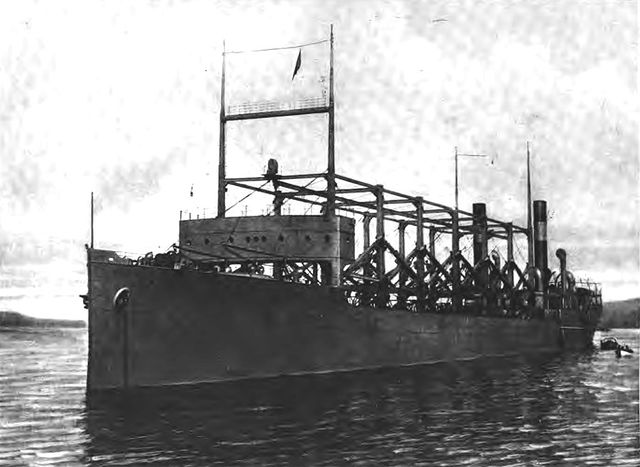
The largest loss of life in US Naval history (not resulting from combat) also occurred in the Bermuda Triangle. The USS Cyclops, a collier transport ship carrying a full load of manganese ore, was disappeared without a trace on March 4, 1918 with the loss of all 309 on board. Some suggested the vessel could have been sunk by a German U-boat raider, however the German authorities subsequently claimed they had no knowledge of the ship.
Carroll A. Deering

A five-masted schooner built in 1919, the Carroll A. Deering was found hard aground and abandoned at Diamond Shoals with no trace of the crew. On board the ship, the log and navigation equipment was gone, as had the crew’s personal effects and the ship’s two lifeboats.
The mystery is compounded by the fact a strange steamer was later seen in the same area as the Carroll A. Deering was found in. The ship ignored all signals from a lightship in the area, and subsequently was never seen again.
Great Isaac Cay Lighthouse
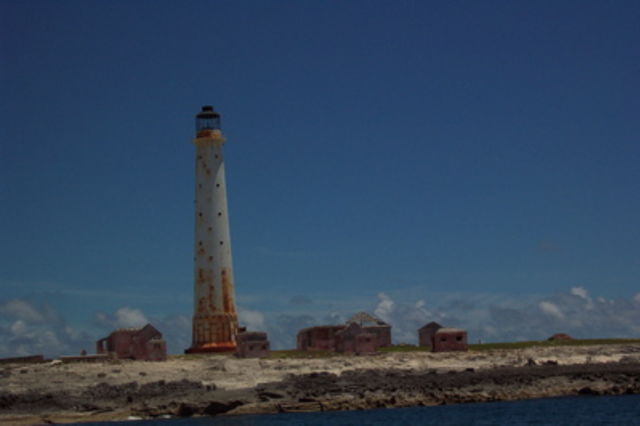
However, the mysteries of the Bermuda Triangle are not limited to ships and planes. In 1969, the two lighthouse keepers of a remote lighthouse on Great Isaac Cay, a small Bahamian island, went missing without a trace.
The lighthouse has always attracted supernatural superstition. Some claim the full moon brings strange noises to the island, while there are also stories it is haunted by the Grey Lady – the mother of a child which was the sole survivor of a 19th century ship that wrecked on the island.
What Actually Happened?
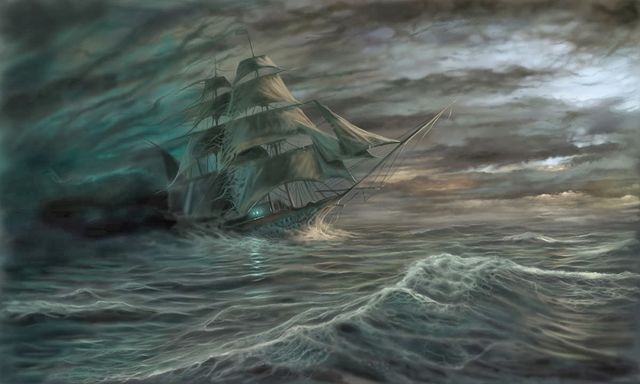
Although many have suggested there is something strange going on in the Triangle, there are several scientific explanations for the phenomena, as well as these individual cases.
For example, regarding the above examples, here are the established scientific solutions. They’re not as exciting as Atlantis or aliens, but they’re probably right:
Flight 19: Crashed in the sea, following pilot error.
Although Taylor thought he was in the Gulf of Mexico, it is most likely he was in the East Atlantic. Most agree he turned north too late, meaning he mistook the Great Abaco Island as the Florida Keys and assumed his compass was wrong.
The rescue plane was later seen to explode, which was likely due to overloading with fuel, an event not unheard of for that type of aircraft.
Ellen Austin: Likely misreporting.
The story only reemerged once interest in the Bermuda Triangle grew in the 1940s and ’50s. This suggests much of the story may have been fabricated. A ship called the Ellen Austin did exist, but it never listed any casualties or missing people.
USS Cyclops: Sank due to overloading.
The Cyclop’s sister ships, the Proteus and Nereus, were also lost during WWII. Both were transporting heavy loads of metallic ore, and both sank due to structural failure resulting from overloading. This is likely what happened to the Cyclops.
Carroll A. Deering: Likely pirate attack or mutiny.
It’s believed the Deering may have been involved in prohibition era rum-smuggling, and it’s suggested the unknown steamer may have raided the vessel, or a mutiny aboard took over the ship and transported the goods to another.
Great Isaac Cay Lighthouse: Likely storm.
During their disappearance, the island was at the outer edge of a large hurricane. It is likely they were swept off the small island.
Explaining the Bermuda Triangle
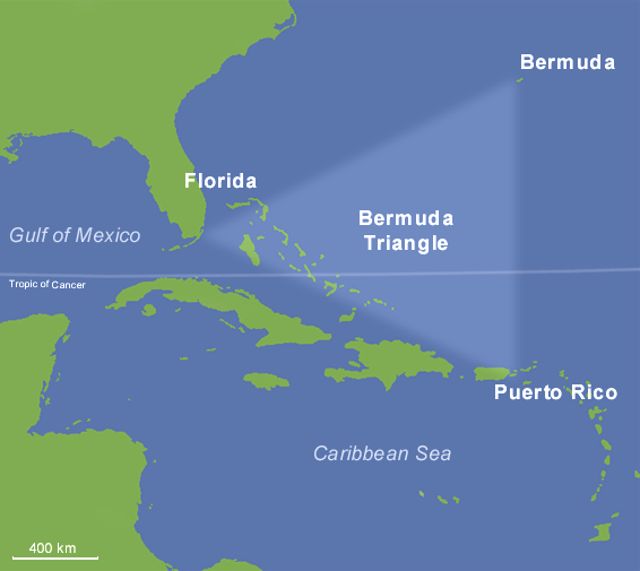
First of all, let’s start with some numbers. According to researcher Lawrence David Kusche, the area known as the Bermuda Triangle is not statistically more dangerous, proportionately speaking, than any other part of the ocean. In fact, it is one of the most nautically traveled areas in the world, which means inevitably there will be instances of disappearances and sinkings, especially when navigation and communication equipment was in its infancy.
Furthermore, the area is frequented by tropical storms for parts of the year, which is likely to account for many of the disappearances. The Bermuda Triangle is also known for sudden powerful downdrafts of cold air. National National Hurricane Center satellite specialist, James Lushine, stated
“during very unstable weather conditions the downburst of cold air from aloft can hit the surface like a bomb, exploding outward like a giant squall line of wind and water.”
This is enough to sink some ships, but isn’t unique to the Bermuda Triangle.
Ongoing interest in the mystery of the Bermuda Triangle also means the mainstream reporting of incidents is often sloppy. For example, boats which disappear in the area are often reported, but their subsequent rediscoveries are not, resulting in skewed numbers.
Is Methane Gas Responsible?

One oft cited reason which attempts to explain the Bermuda Triangle’s ship-sinking tendencies is the presence of large fields of methane hydrates (a type of natural gas) in the continental shelves around the area.
If this methane is to be released, it would cause turbulence in the water surface, and a sudden lose of buoyancy for any vessels in the area. Theoretically, this could sink even large ships, especially those carrying heavy loads, extremely rapidly. The debris from such sinkings, would then be carried out of the area by the Gulf Stream – meaning it would appear as if the ship had simply vanished. The BBC conducted a small scale experiment to show if this is possible:
So there you have it, perhaps the Bermuda Triangle isn’t the nautical and aviation death trap we’ve been made to think it is. But do you agree?
Originally posted 2015-10-25 07:12:02. Republished by Blog Post Promoter

